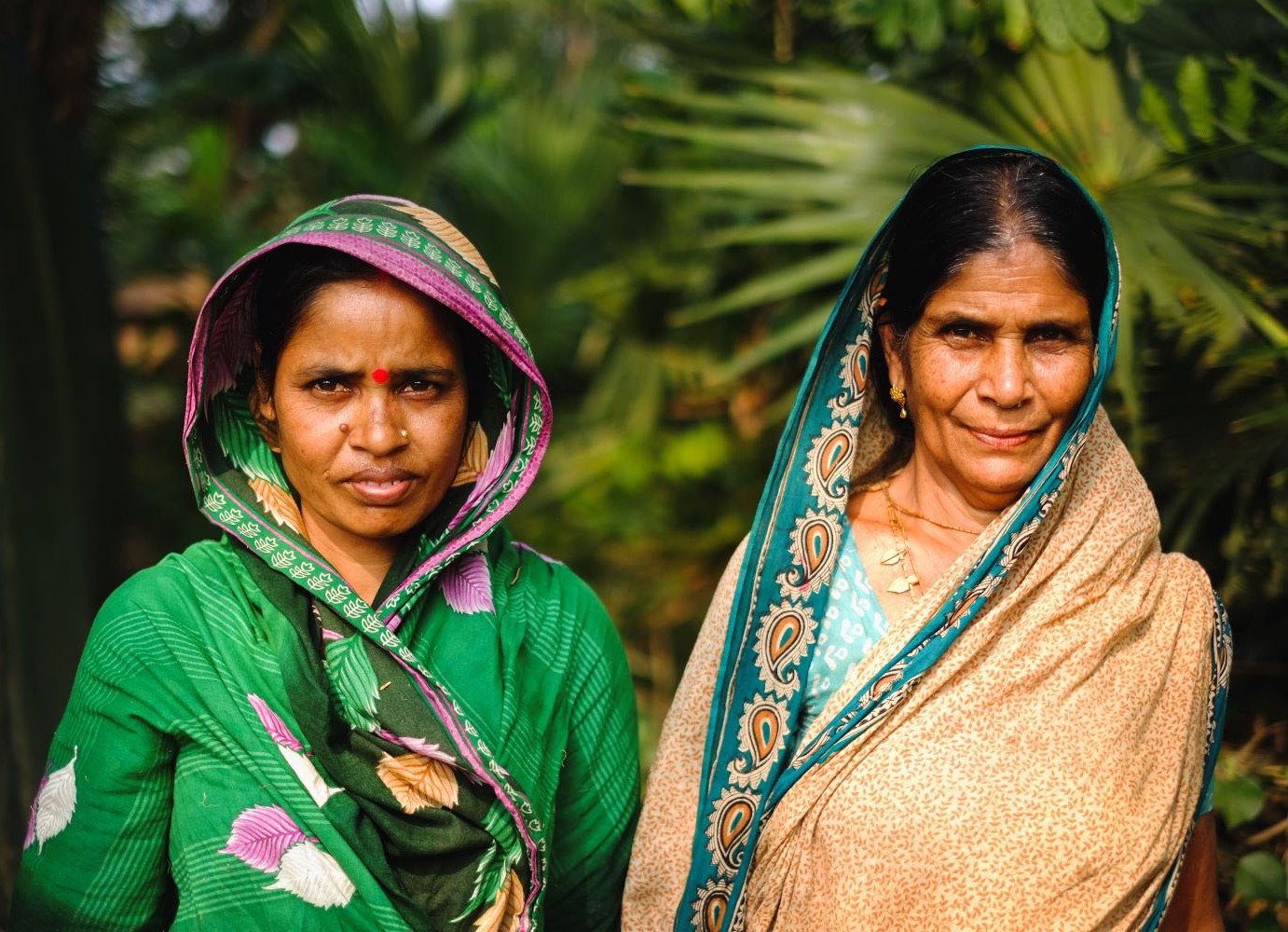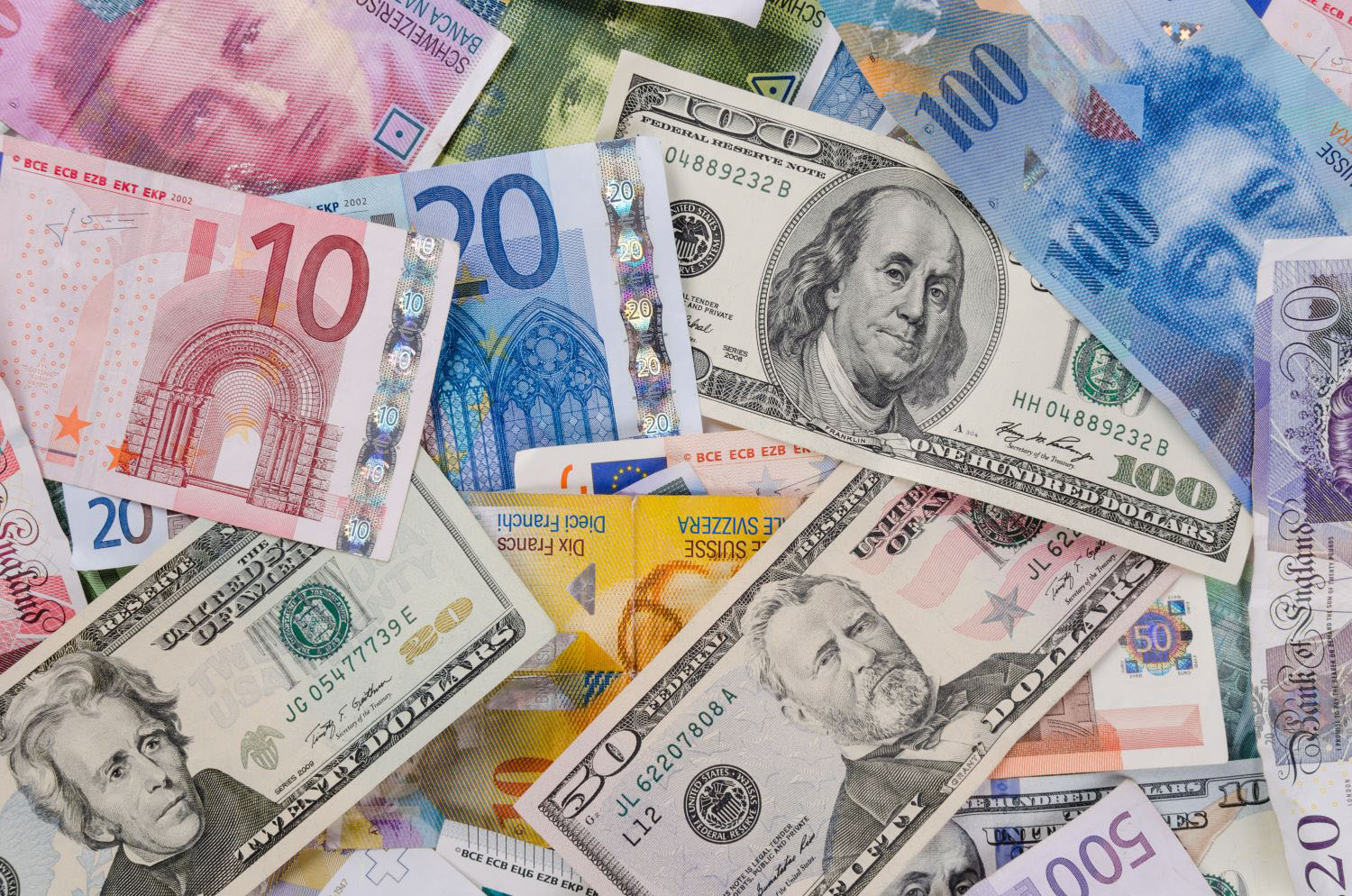This is the latest in a series of CGD blogs suggesting improvements to the SDG targets.
The first target of the first goal of the Sustainable Development Goals is to “eradicate extreme poverty for all people everywhere” by 2030. The second target is to “reduce at least by half the proportion of…. [people] living in poverty…..according to national definitions.” These are noble and historic targets that deserve their status at the top of the list. But they also illustrate issues that affect a considerable number of the 169 proposed measures of development selected by the Open Working Group. Not least: how do we measure them and are they plausible?
These two questions are linked –how we resolve the challenges of measurement will have a profound effect on the power of the targets to motivate as well as the likelihood that we will meet them. Poverty lines at the national and local level are frequently revised upward, and there are good reasons for this. But this approach risks the possibility that steady development progress will not yield poverty reduction, simply because the poverty line keeps moving, too.
As the Open Working Group suggested, extreme poverty is “currently measured as people living on less than $1.25 a day.” But that is unlikely to be the case for long. The ‘official’ extreme poverty line and the numbers living under it are calculated by a (well meaning) cabal in the bowels of the World Bank's main building. They are working on a revision that could have a dramatic impact on the dollar consumption figure deemed the ‘extreme poverty line’ as well as the number of people under it. $1.25 a day is already out of date.
Moreover, the way the extreme poverty line has been traditionally calculated may also prevent us ever reaching a target to eliminate it. In the past, the global extreme poverty line has been set to reflect the value of national poverty lines in the world’s poorest countries. The original 1990 ‘dollar a day’ poverty line was designed to be ‘typical of low income countries’ at the time. In 2008, that was updated to the latest available national poverty lines of the world’s fifteen poorest countries, converted at an exchange rate designed to reflect the different prices of the same goods and services across countries.
The World Bank is in the process of developing a proposed new global line and poverty numbers based on more recent national poverty lines as well as data from a 2011 global survey of prices. When the Bank decides it is ready to release the numbers –and the process has taken up to two years in the past-- the global extreme poverty line may end up at $1.75 or more. But because the new data suggests that the price of goods in poor countries is lower than we thought, that would still suggest a dramatic decline in the number of people in poverty –by as much as a third (from a 2010 number of 1.2 billion using the old price data and line to below 900 million using the new data, according to estimates by the Brookings Institution).
But one thing is clear: if we are to “eradicate extreme poverty for all people everywhere” by 2030, we will have to use an entirely different approach to setting the planetary extreme poverty line than the one the World Bank has used in the past.
Imagine we’re in 2030, and we look at the national poverty lines of the world’s 15 poorest countries. How likely is it that they will all be set at a level below the consumption of their very poorest citizen? They shouldn’t be set that low. It’s ridiculous to imagine that countries whose average income, at best, will be a fraction of that of the poorest people in Europe or the United States today would declare they have no poor people. But under any international definition of extreme poverty based on the most recent national poverty lines of a set of countries, there will always be poor people in the world –including all of those in poverty according to the national definition in the countries used to set the global ‘extreme poverty’ line. That suggests a zero poverty goal using the World Bank’s current methodology could never be met.
If we’re going to set a zero goal for global poverty in the post-2015 development agenda, it has to be an absolute goal, not one set relative to national poverty lines. And the process of setting the new global poverty line should be open, transparent, and participatory. For years the World Bank has kept secret the data it uses covering global levels of income and consumption. It chooses when and how to incorporate data from income and price surveys. And it chooses the method to calculate the poverty line. As part of the Sustainable Development Goals process and the data revolution that must underpin it, shouldn’t the world’s poor people and developing governments have some input into ‘what is poverty’?
But, failing that, at least the goalpost of ‘extreme poverty’ should be set. Perhaps the target should be “By 2030, eradicate extreme poverty measured as people living on less than $1.75 a day in 2011 International Dollars.” And perhaps, going forward, that poverty line should be specifically adjusted for relative inflation in the price of goods that poor people buy. Or, as a Plan C, $1.25 in 2005 purchasing power parity dollars –again, perhaps adjusted for the price changes in a basket of goods that reflect poor people’s consumption patterns compared to overall price changes.
Meanwhile, there is a similar if less severe measurement challenge with the second poverty target, around halving the proportion of people living in poverty in each country according to national definitions. How those definitions are calculated varies considerably across countries. In the United States, for example, the number is meant to reflect the same (inflation-adjusted) income over time. But in many other countries, the poverty line is explicitly or effectively a relative line. As average incomes increase, so does the income below which people are defined as poor. In those countries, halving the proportion of people in poverty can only be accomplished through a dramatic reduction in inequality.
That’s no bad thing –within country inequality has been rising across the world, and we should reverse the trend. But the work is yet to be done to show that the scale of inequality reduction required to halve the number of people under a relative poverty line is plausible in most (or even many) countries. And the last thing we’d want the SDGs to encourage is to ‘lower the bar’ of national poverty lines –whereby countries would meet the SDG target by making their official poverty line a smaller and smaller proportion of average incomes over time. That speaks to the potential advantage of setting an explicit relative target at the country level –reducing the gap between the bottom forty percent and the top ten percent in every country by 25 percent, or closing the gap between the median income and the mean income by a third, as it might be. Or perhaps the target language could be “By 2030, reduce at least by half the proportion of men, women and children of all ages living in poverty according to current (2015) national definitions.”
For the first two targets of the first goal of the Sustainable Development Goals, there is considerable work to do before September, then. Because before we set the goal, we should fix the goalposts.
Disclaimer
CGD blog posts reflect the views of the authors, drawing on prior research and experience in their areas of expertise. CGD is a nonpartisan, independent organization and does not take institutional positions.





